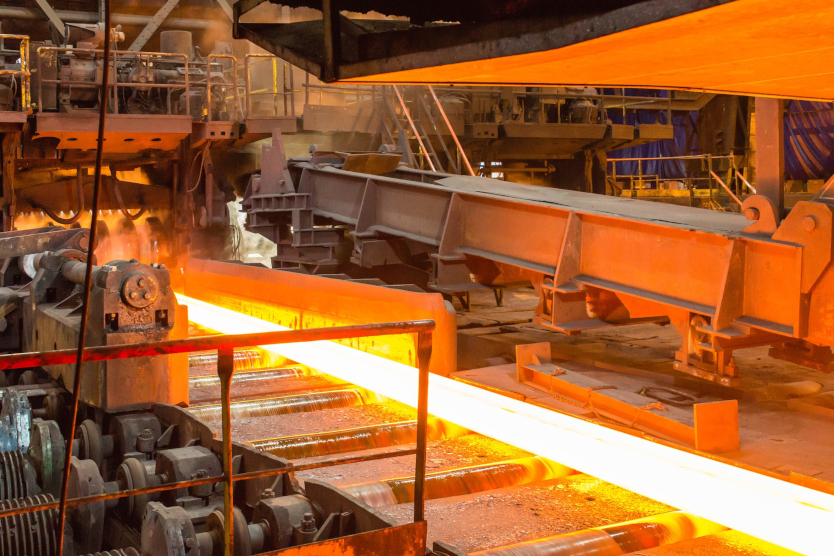
A high bandwidth will enable the innovative radar sensor technology to work properly even in the hot and steamy environment of rolling mills
© Pixabay
With a worldwide production volume of 1.550 million tonnes (as of 2018), steel is the most important metal and is used in areas such as mechanical engineering, the construction industry and the automotive industry. To manufacture steel products such as sheet metal, tubes, wires or rails, the metal must be heated to an average temperature of 1000°C by a hot rolling mill before it can be formed.
Since the prevailing conditions ‒ high temperatures, dust and mist ‒ make the use of optical measuring systems more difficult, several companies as well as a research institute are currently developing robust sensors and a new, non-sensitive, radar-based measurement technology in the RAD-Energy project. Funded by the Federal Ministry for Economic Affairs and Energy (BMWi), the purpose of the project is to optimize the production of flat steel and to provide detailed information on speeds, distances and positions within the hot rolling mill. In the long term, the aim is to develop a resource-conserving and energy-saving method and to ensure high measurement accuracy.
To enable measurements to be as precise as possible, the Fraunhofer Institute for Applied Solid State Physics (IAF) is in the process of developing the necessary radar sensor technology, which is to have a high frequency accuracy and a bandwidth (92-100 GHz). This frequency range is particularly suitable for use in rolling mills, since the vapours do not interfere with the radar signals that will now remain largely unaffected.
In addition to Fraunhofer IAF, the project partners include ASINCO GmbH, INDEV Gauging Systems and ThyssenKrupp Steel Europe AG. The project will run for a period of three years.


